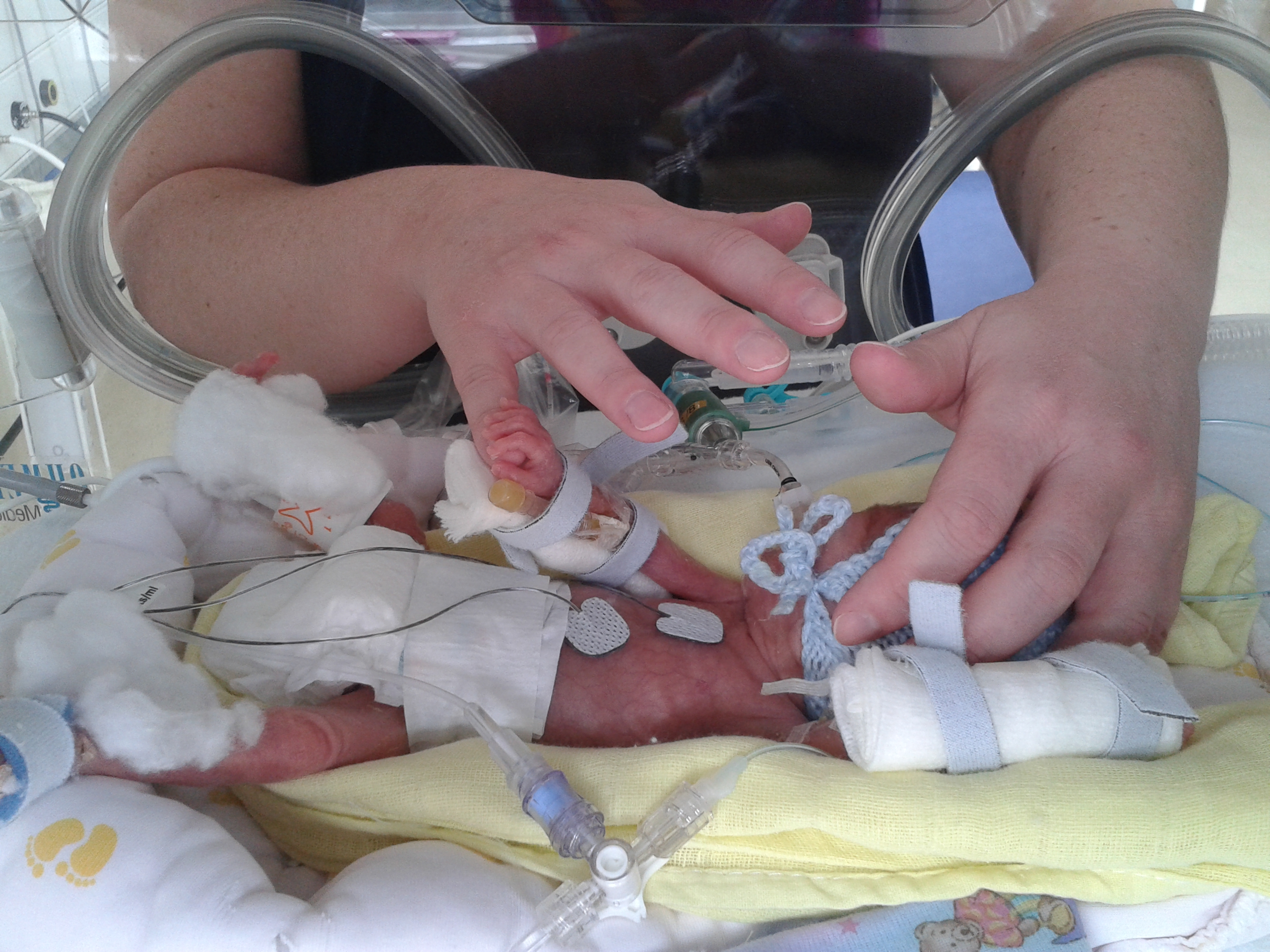One of my very early posts on this blog pertained to my fascination with an Israeli strategy of monitoring end tidal CO2 in place of drawing blood gases. Please see A Strategy to Minimize Blood Sampling in ventilated premature and term infants. The gist of this strategy is that by sampling distal CO2 measurements near the carina you obtain a non diluted sample of CO2 as compared to the traditional proximal end tidal measurement. The authors have shown this to be highly accurate compared to comparable arterial samples during both conventional and high frequency oscilatory ventilation.
This month the same group published a follow-up study that has me excited again about this technological approach. The paper is entitled Impact of Continuous Capnography in Ventilated Neonates: A Randomized, Multicenter Study. In this multicentre study 55 infants were ventilated through double lumen endotracheal tubes. The first group of 25 were randomized to an open group in which the continuous CO2 measurement was available to clinicians to base ventilator management on. The second group had these values recorded but the treating physicians were blind and based ventilatory changes on arterial blood gas sampling. The primary outcome was based on the percentage of time pCO2 was kept between 30 – 60 with the goal range for permissive hypercapnea being 45 – 55.
The Results
“Compared with infants in the masked group, those in the monitored group had significantly (P = .03) less time with an unsafe dETCO2 level (high: 3.8% vs 8.8% or low: 3.8% vs 8.9%). The prevalence of intraventricular hemorrhage or periventricular leukomalacia rate was lower in the monitored group (P = .02) and was significantly (P < .05) associated with the independent factors dETCO2 monitoring and gestational age.”
The same held true for the blood gas values with statistically significant benefits in terms of keeping CO2 within the predefined safe range.
My Interpretation
The findings make a great deal of sense. Sampling continuously and adjusting ventilation in real time (assuming a strong correlation between EtCO2 and blood gases) makes sense. Blood gases done even every four hours can not compare to having results available continuously. As such I tend to believe the findings of better accuracy. Although the incidence of IVH and PVL are part of the secondary outcomes there is significant biologic plausability to these findings. We know that cerebral blood flow is very sensitive to PCO2 with low values causing cerebral vasoconstriction and high values dilation of these same vessels. Furthermore having wide swings in CO2 could lead to periods of ischemia and then significant reperfusion with resultant injury. Finding that these two outcomes are increased with intermittent sampling therefore is plausible and deserving of further study.
Challenges That Need to Be Addressed
Since the publications by the same group showing the accuracy of this method of sampling CO2 we have tried this strategy for several infants. In short, it works and is very accurate. We have been able to avoid many blood gases along the way but there remains a significant challenge with avoiding blockage of the second port for sampling. Furthermore, secretions if getting past the end of the port and into the microstream sampling device can damage the analyzer such that we have only one left functioning in our units.
As eager as I am to roll this out as a change in practice we need to address these technical issues but once accomplished this may truly have an impact as a cerebral protective strategy for the preterm infant and with time and further long term outcomes available offer a meaningful way of reducing disability in this population.


I just wanted to take a minute to tell you how much I enjoy your blog. Being a mom of a micropreemie and ICU nurse (to big people), I love that you post new findings all of the time. That said, just this past week a very dear friend delivered a 24/6 preemie. Things neonatal remain very near and dear. Thanks.